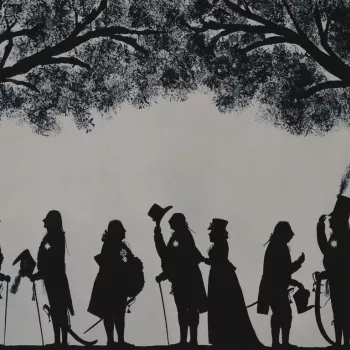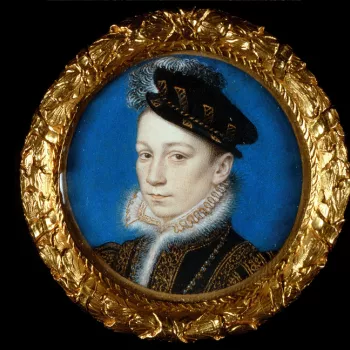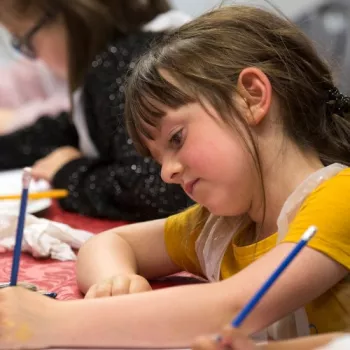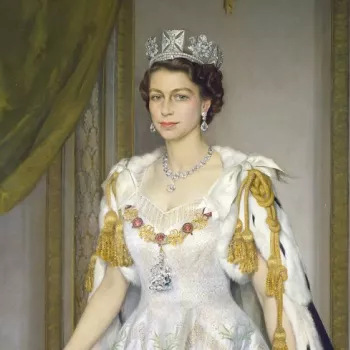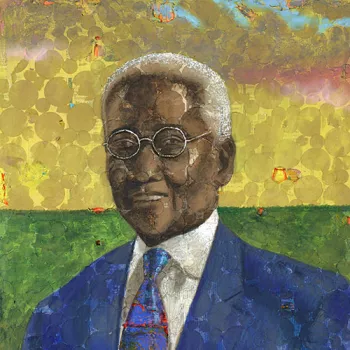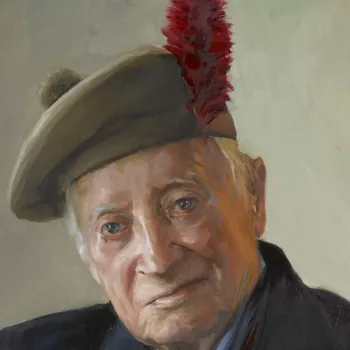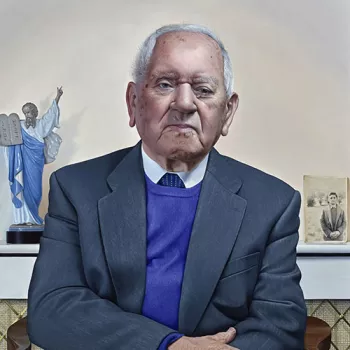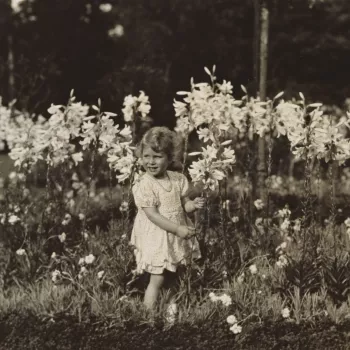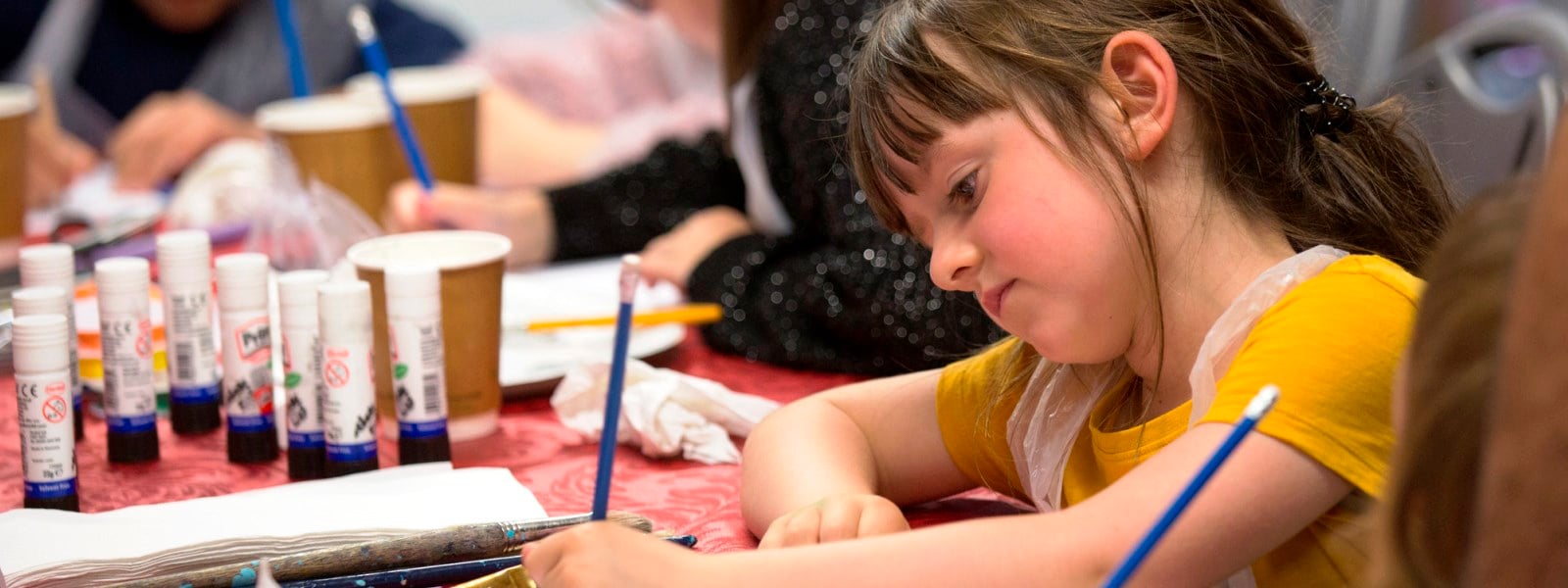
School and family resources
From worksheets to online interactives, our resources are all full of historical facts, insights and fun learning opportunities
Making Portraits
In this section, you can download some fun exercises to try yourself, created by the Royal Drawing School. Click the link below to download the PDF with all of the instructions you'll need to create four different portraits, inspired by the portraits commissioned for the Windrush 75 commemoration.
Portraits can be much more than just a good likeness of someone. A good portrait is a collaboration between sitter and artist, a conversation in mark making, tone, colour, and gesture. The final artwork often tells the story of the sitter as well as the story and expression of the artist making it.
The variety of styles each artist has used for the commissioned Windrush portrait paintings demonstrate that there is no one rule when it comes to making a portrait and in fact the different approaches express a different mood or feeling.
Drawing can be daunting, and you might feel nervous drawing another person. Questions may come into your mind such as: Will they like it? Will it look like them? So, in this pack, we have put together a variety of drawing exercises to help give you different ways to start a portrait drawing for yourself.
A key trick is to look very hard and draw what you see, rather than what you think you see. You should spend just as much time looking at what you are drawing as you spend making the marks on the page.
Keep an open mind when you start. Forget what you think a face should look like and try to see your sitter or even your own reflection as if you have never seen it before! Experiment with different materials that you can make marks with. Be kind to yourself and don’t give up!
MATERIALS NEEDED
The list below are suggestions so feel free to adapt the list according to what you have around!
A mirror you can either hold or that has a stand for self-portraits.
A variety of drawing materials such as:
Pencils
Charcoal
A sharpener and rubber
Pens, such as fine liners, biros, felt-tips markers
A sketchbook or loose sheets of paper
You may want to add some colour to your work and coloured pencils, oil or chalk pastels would work well.
PREPARING YOUR SPACE
Find a quiet space with a desk, table, or flat surface to work on. Ensure you are comfortable and have enough light.
DRAWING TIP- Keep an open mind when it comes to drawing, sometimes what we think are mistakes can lead to surprising and successful outcomes!
CREATING A SELF PORTRAIT OR PORTRAIT OF A FRIEND/ CLASSMATE/ FAMILY MEMBER
A self-portrait means a drawing of yourself so finding a mirror for the following exercises will be useful.
These exercises can work for individuals, as classroom exercises or with a friend or family member. You can even work online via Zoom with friends who may be further away! For those drawing another person a mirror is not essential.
Downloadable PDF teacher resources
Making Portraits: Exercises




